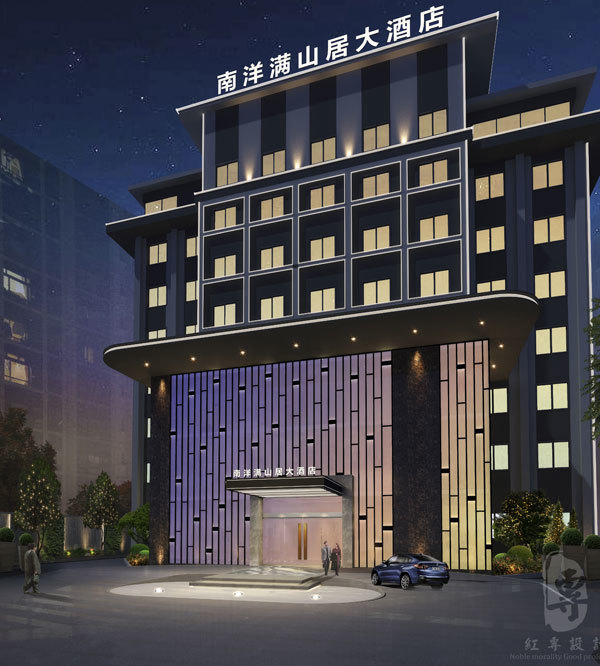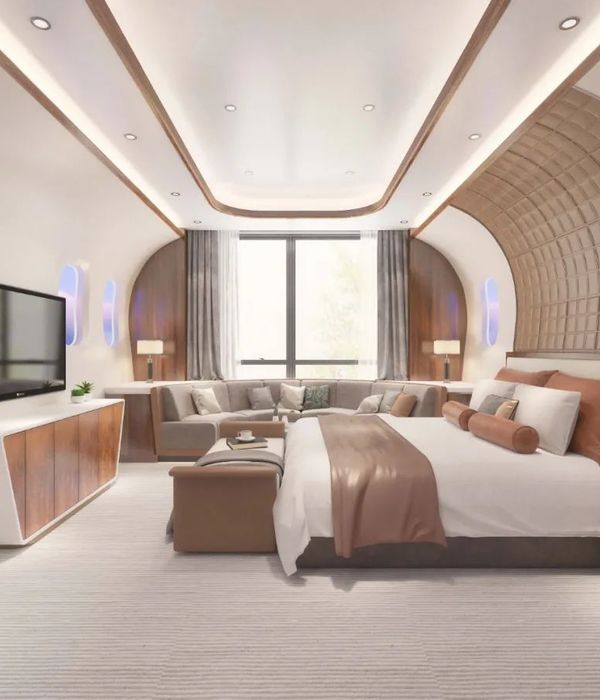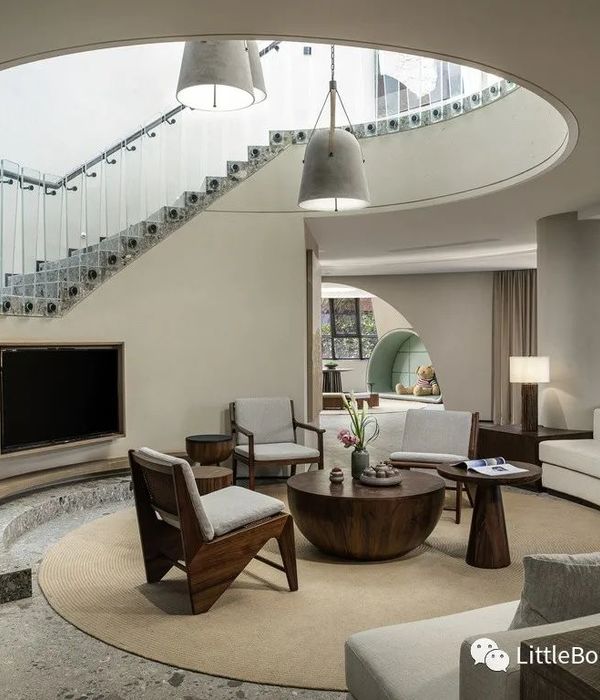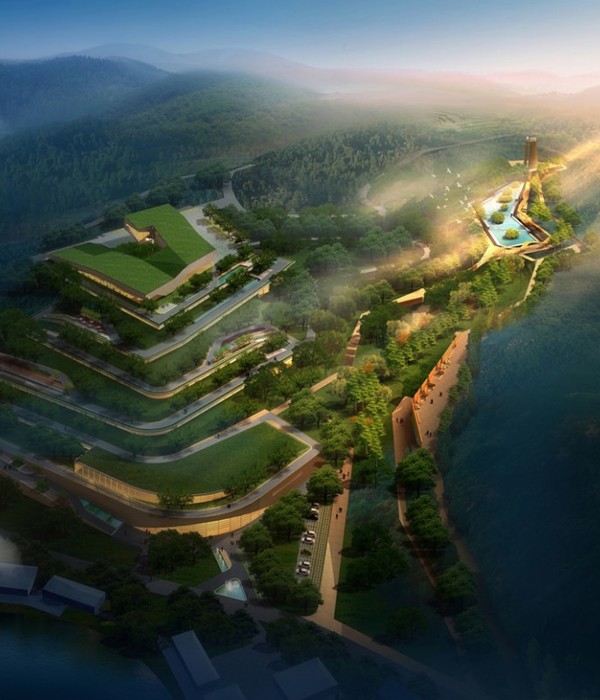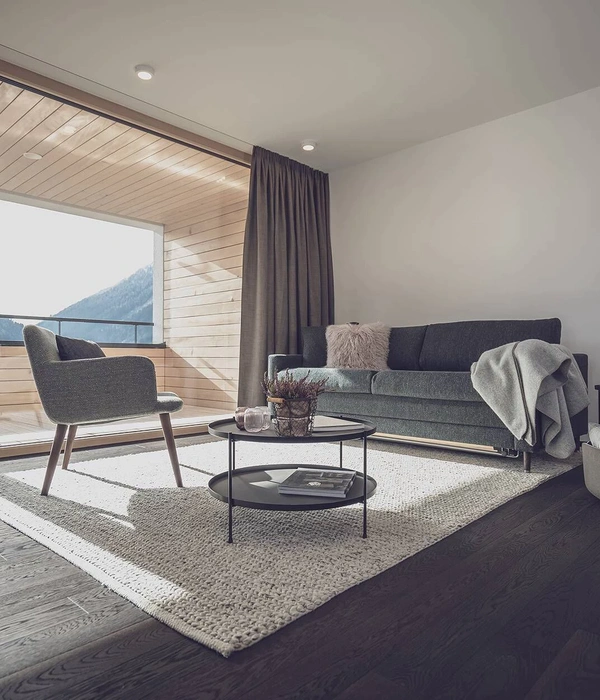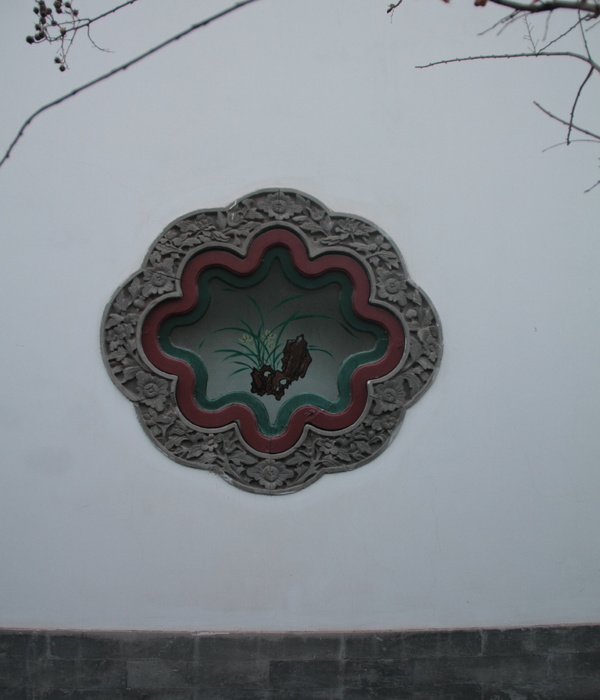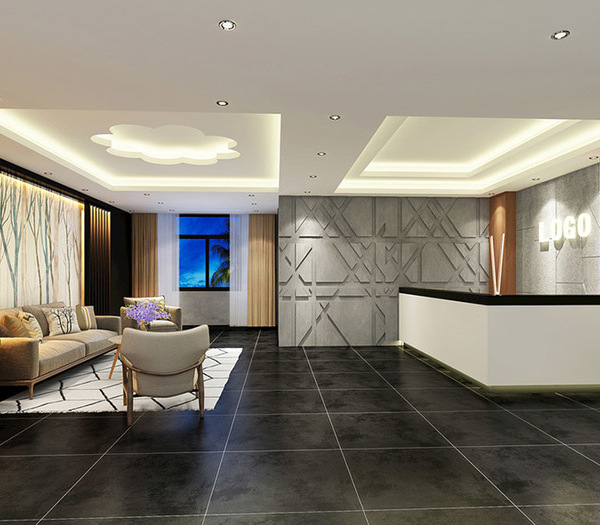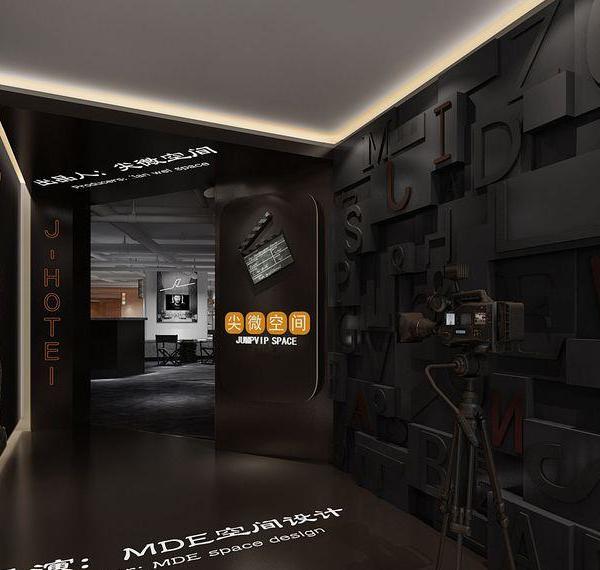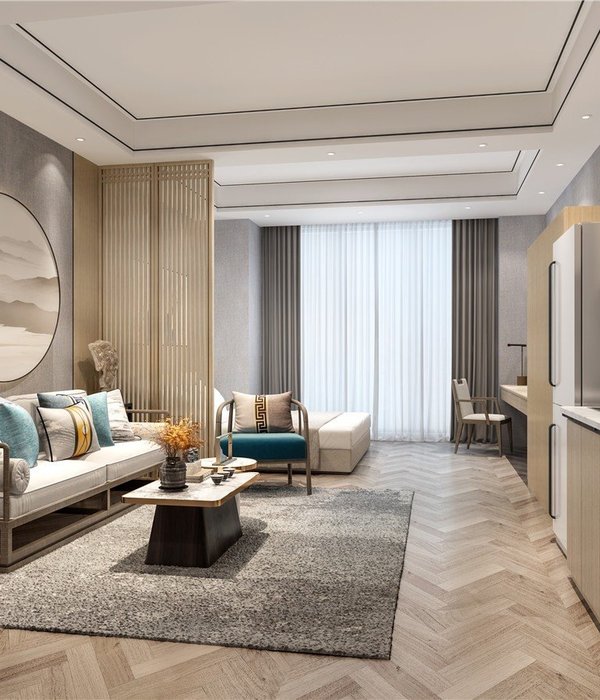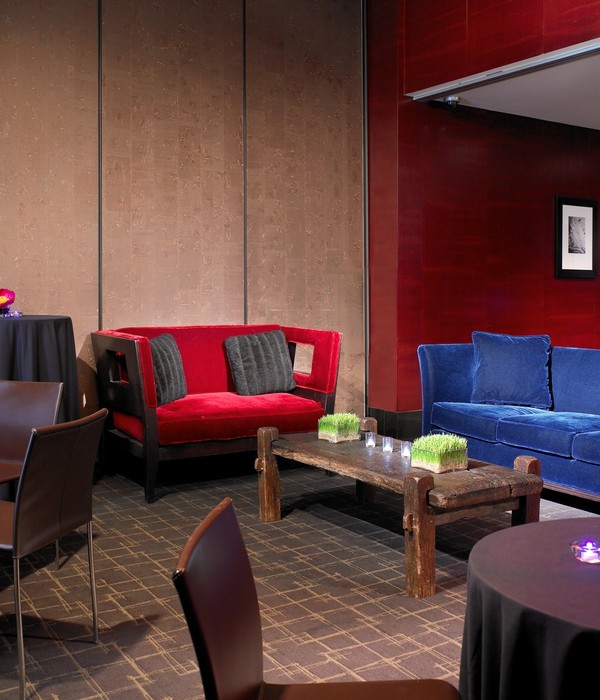Architects:gru.a
Area :150 m²
Year :2016
Photographs :Federico Cairoli
Lead Architects :Caio Calafate, Pedro Varella, Sergio Garcia-Gasco, André Cavendish
Structural Project : Rodrigo Affonso
Lighting Project : Maneco Quinderé
Constructor : Aleandro Souza da Silva
City : Araras
Country : Brazil
The project for the pavilion started from the premise of providing open space and, at the same time, protected from the strong sun and rain that affect the region. Located on a pre-existing plateau, the building was designed regarding its relationship with the existing house and with the valley on which it lies, activating the intermediate space between the two buildings while offering a new view of the lush local geography. The spaces are organized by four structural modules of identical measures: 3x4.5m, each with 13.5m² of area.
The first module, closer to the preexisting construction, was designed to focus on qualities that bring it closer to an external garden, on the same level of the exterior ground and covered with wooden pieces implanted directly on the ground. In this module, two hammacs are installed. The second module received a floor treatment with cast wood structure and a large table for group meals, while the third module contains the kitchen equipment set on a slab in prefabricated concrete. In the fourth and last module were allocated the enclosed walls of made of masonry: sauna, bathroom, and storage.
The four modules totalize 54m² and are protected by a generous metallic cover in a single slope. The large cover plane slopes gently towards the valley, bringing into the interior space the presence of the green slope that rises parallel to the new construction. A frame of structural elements in wood has been dimensioned to explore the maximum spans allowed by the metallic cover, generating eaves that protect the internal circulation of the incidence of the sun and the rain. The association of different structural systems occurs in such a way as to explore the characteristics of each of them.
The foundations were built in molded concrete in-place, facilitating its construction process and isolating the other constructive elements from the strong humidity of the place. The pillars and beams are made of pieces of solid wood that exploit the limitations and measures that área usual for this kind of system: 3m long pillars and 6m beams. In the sauna area, the wooden pillars are replaced by structural masonry walls connected by precast concrete tiles. All the connections between the upper wooden frame and the vertical elements - masonry pillars and walls - were realized with a simple "U" shaped metal piece that guarantees the smooth inclination of the metallic cover.
▼项目更多图片
{{item.text_origin}}

